|
Ridding Your Home of Cockroaches
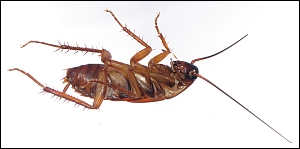 If you have trouble with cockroaches, this page should be helpful.
If you have trouble with cockroaches, this page should be helpful.
I've done a lot of service work where we had to go into homes and apartments. For someone who was raised in a clean home, it was initially quite a shock. There are many people who are not bothered, in the least, to have cockroaches in virtually every room of the home.
There are different types of roach problems. Where we live, there are a lot of pine trees. Pine trees lay down a blanket of pine needles and some types of roaches live and breed there. Occasionally, one of those will get inside. It's typically one that was foraging around a door frame and sneaked in when the door was open. Typically, these get quickly noticed and killed. If, however, the home is badly cluttered and there is a food source (roaches can survive on many things that would not immediately considered a food source), they can breed and multiply.
There are other roaches (like the smaller German cockroach) that tend to prefer living indoors. These were the types that we saw most in homes with cockroach problems.
Keeping Them Out:
If you live in an apartment, it can be more difficult to rid your home of roaches because they can enter from other apartments. They generally enter through holes in walls or under doors. For those entering through holes in walls, it's generally around the plumbing. To stop this type of infestation, you can plug the gaps with metallic pot scrubbers. The type made of stainless steel or copper work well. Many times, there will be a plastic or metal filler/cover around the pipe that's used to dress up the hole around the pipe. These typically won't stop roaches because they leave gaps. If you use the pot scrubbers to fill the hole, you'll need to move the filler/cover. Before filling the hole, spray a fair amount of insecticide into the wall cavity. When you fill the gap with the pot scrubber, you need to fill it tightly. For some pipes, it may take more than one scrubbing pad. After the pad is in place around the pipe, spray it heavily with insecticide.
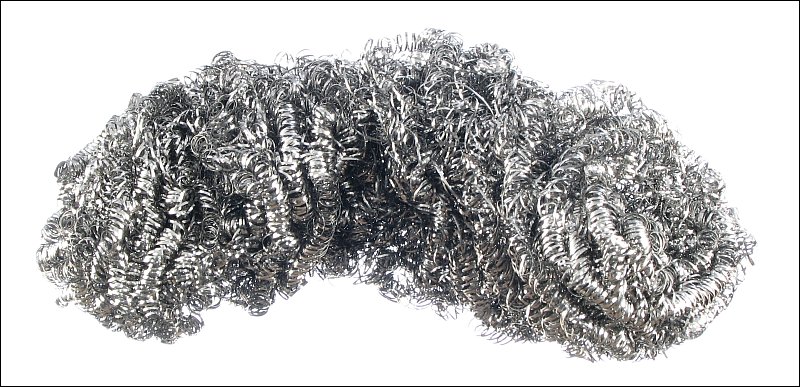
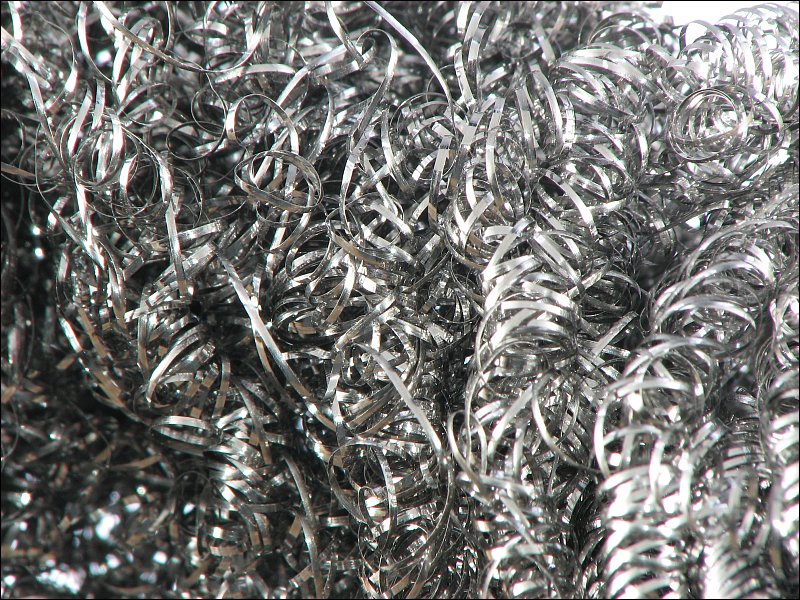
Caulking:
For areas where you cannot use the metallic screens to keep them out, you may have to use a sealer. For small gaps, silicone caulk works well. If you just need a small amount of caulk, you can use a small tube. For larger applications, you'll want to use a tube with a caulking gun. With either type of caulk, you'll have to snip the end of the tapered nozzle so that it lays down an appropriate sized bead of caulk. You will also have to puncture the seal in the tube of caulk before it can be used. For small tubes with separate applicator tips, you use the top of the cap to puncture the seal. For larger tubes, you use something like a bamboo skewer, a long screwdriver or the rod on the side of the caulking gun (if your caulking gun has one). When applying the caulk, you need to apply pressure into the corner/crack so that the silicone is forced to stick to the surface.
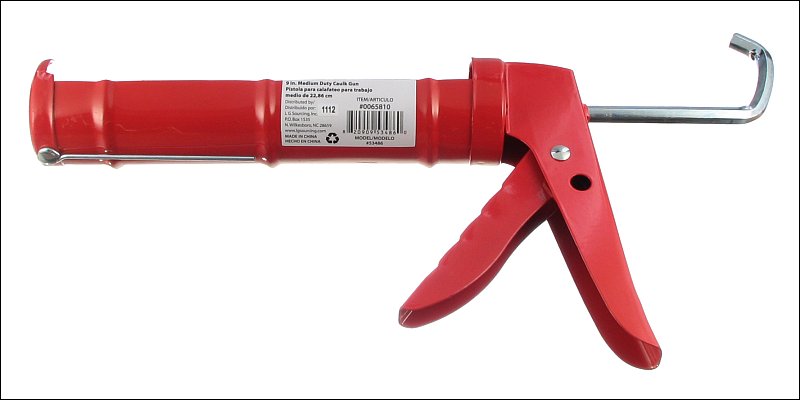

Unused Silicone caulk can be saved for a while if you dispense an inch or so and allow it to cure like that. Do not remove the bit hanging out of the nozzle because it will allow the silicone to harden deeper into the tube/nozzle and you won't be able to use the remaining silicone. If you don't use the remaining silicone in about a week, expect it to be completely hardened. Sometimes it will remain usable for up to a month but not often.
Below, you can (sort-of) see that this is 'silicone II'. The main difference between silicone II and other silicone is that silicone II doesn't produce the strong acetic acid (vinegar-like) odor as it cures. This is what you'll want to use indoors so that the odor doesn't become overwhelming.
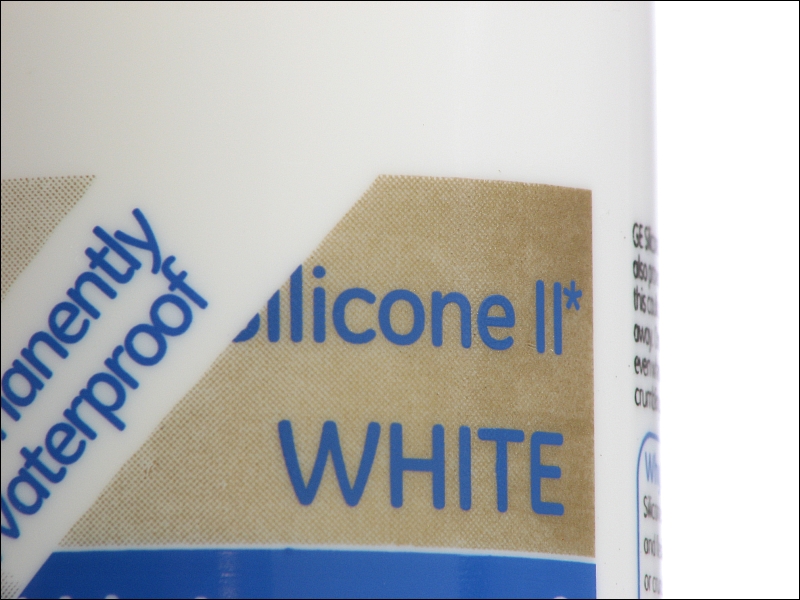
Expanding Foam:
For larger gaps, you can use expanding foam. There are two common types of expanding foam. One is water based and water can be used to clean-up. The other type is a polyurethane foam. The latter is more durable and it's unlikely that cockroaches will be able to eat through it or use it as a food source. The problem is that it's not user friendly. If you get it on your skin or clothes, it's not coming off. It will eventually peel off of your skin but only after about a week. When using it, you should wear gloves and MUST wear eye protection.
The expanding foam is almost never usable beyond the first use and you have to apply as much as you need at one time. After a few minutes, the product in the nozzle begins to harden and the remaining material can't be dispensed. Do NOT try to force it out after it begins to harden. If you make a mistake and you get splattered by the foam, you may have to take drastic steps to be rid of it (think crewcut if it gets in your hair).
|
|
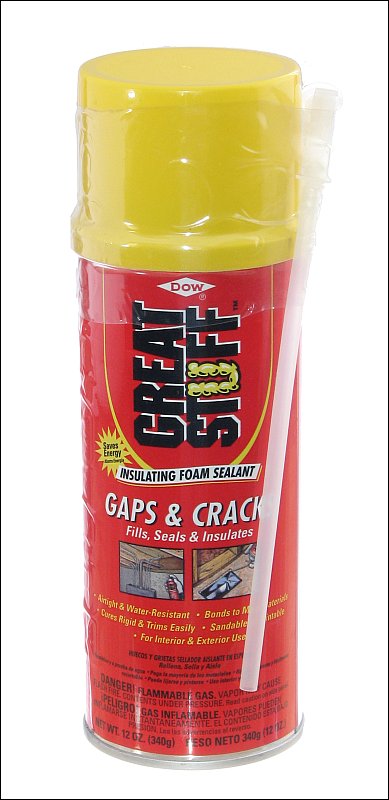
|
Insectides:
There are a lot of different types of insecticides that are intended to be used for cockroaches but most are ineffective and only work when sprayed directly on the roaches. There are two very effective insecticides. One is sold as Bengal Roach spray. The other is boric acid powder.
Bengal Roach Spray:
Bengal Roach Spray isn't well known except in the Southern US. This stuff is absolutely incredible. It's a dry spray that gets into cracks and crevices that liquid sprays cannot. It also tends to drives the roaches out of their hiding places so that you don't have roaches dying and decomposing under appliances and cabinets. I've given cans of Bengal to people who didn't believe how good it was (and so they weren't willing to pay the $15 for a can of it) and they were absolutely amazed. Some who thought they had a minor problem and sprayed just before going to bed woke up to hundreds of dead roaches on the floor.
In some instances, roaches will live between the floor of kitchen cabinets and the floor of the home (kitchen cabinets are often raised a couple of inches). To get to the roaches living under the cabinet, you can drill a small hole (just over 1/16th of an inch) in the kickboard under the cabinets and spray the Bengal directly into these cavities. Bengal comes with a plastic extension tube that allows this type of application. If you plan on doing this, you have to do so when the can is full because the can will be at such an angle that the pickup tube may be out of the insecticide and will dispense only propellant. If you want to do this with a can that's less than full, you can sometimes rotate the can around until the pickup tube is at the bottom and picking up the insecticide. For those who have a serious problem, it's likely that you will buy two cans. If you have two cans, you can connect the two extension tubes with a length of rubber tubing. This will allow you to leave the can upright while dispensing the product.
Like some other aerosol sprays, Bengal uses a flammable propellant. It's important that you extinguish any pilot lights or other ignition sources before applying it near those ignition sources. THIS is the MSDS for one of the Bengal roach sprays.
|
|
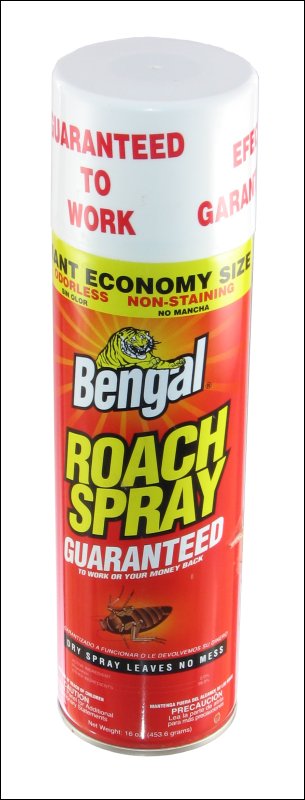
|
The image below shows the tubing with an extension tube cut in half (you can do this if you don't have two extension tubes). To cut the extension tube without damaging the ends, score the extension tube all around with a razor knife and snap it off. Cut as shown below, it fits under the cap for storage. It would probably be better to cut it so that a 1.5" piece would go back into the can's button/actuator. That would give you a bit more on the other end to work with. The hose used here is 1/16" ID fuel line hose made for lawn equipment. It was purchased at Lowes. For longer lengths of fuel line, ebay may be the best option. You can buy 25' of 1/16" fuel line for about $15 shipped. Don't buy the 'Tygon' type lines. They are expensive and there is no advantage of using them for this purpose.
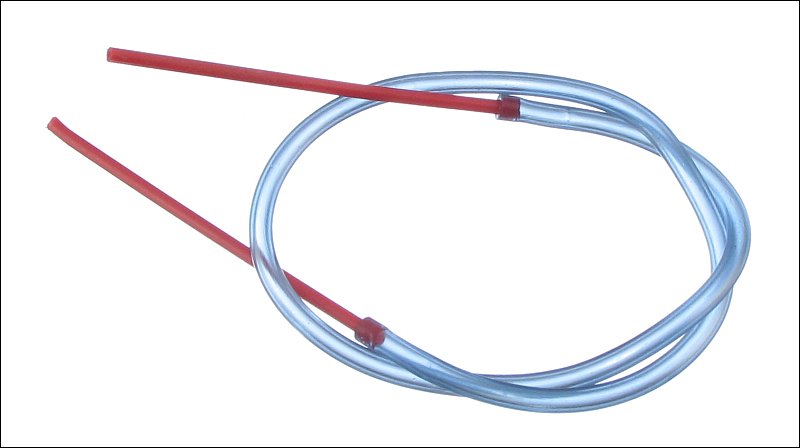
There is another use for Bengal (ad possibly other) roach sprays... Wasps. Most people use a fast killing wasp spray that has a long range. That's fine if you have a clear shot to the nest. In many instances, you know that there is a nest but it's not safe to get close enough to see them. The fogging properties of Bengal make it easy to kill a nest that it just out of sight. Above, the extension tube was cut and a short length of fuel line inserted between the two pieces. If you get a long piece of tubing and a length of 1/2" or 3/4" PVC pipe (for reach), you can spray from a safe distance. Tape (masking tape is all you need) the fuel line to the PVC with the extension tube at the end of the pipe. If you're working alone, tape the can to the lower end of the pipe. That will allow you to control the bottom of the pipe and push the button on the can. After the wasps have left, use the PVC to knock the nest down. Since there may be wasps about to hatch, the nest should be destroyed as soon as it's down.
Although I won't tell you that you can safely spray wasps/hornets from a few feet away, I've done it plenty of times. When sprayed, the insecticide so aggravates the wasps that they fly off, trying to escape it. The fog likely confuses them further since some wasps use pheromones to transmit a message of danger.
While on the subject... If you want a non-toxic form of wasp killer, you can use warm tap water with a strong concentration of dishwashing soap. Insects have a waxy coating that protects them from liquids. The soap breaks this coating down and the soapy water drowns them very quickly.
This is important. It's best to battle wasps/bees/hornets at night and when it's coolest. At night, they tend to stay on the nest. The following photo was taken at night. Even though I had to move part of the plant out of the way to get a clear view, they didn't leave the nest. This was taken at a distance of about 2-3 feet.
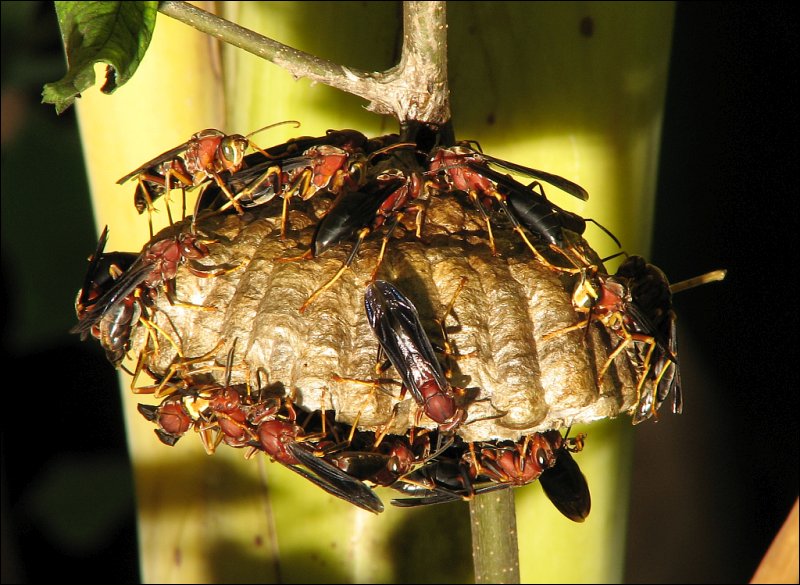
Boric Acid Powder:
There are several names under which boric acid (as an insecticide) is sold. As Roach Prufe, it's sold in canisters. The product here is sold in a bottle with an applicator top. Boric acid is designed to be applied along the insides of cabinets. The problem with applying it directly to the cabinet floors is that it makes a huge mess (especially after making multiple applications). If you live in an area where the humidity is fairly high, the powder will become a hardened mass and will be less effective (you want it to remain a loose powder so that it gets picked up by the roaches). To help prevent this product from making a mess where it's applied, you can fold a sheet of thin cardboard or heavy paper to 90° so that half is on the floor of the cabinet and the other half up the wall. Apply a very thin dusting to the paper/cardboard and set it in place against the walls in various cabinets. For appliances, do the same thing but fold the paper/cardboard in half (but not tightly - you want the insects to be able to crawl between the two halves of the paper) and slide it under your appliances. When you want to add more or you want to change it out, you can pull the piece of paper out and replace it with a new one.
|
|
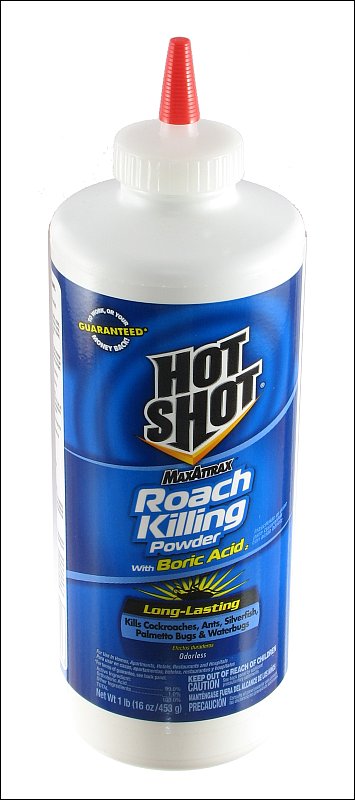
|
Conclusion:
When using the various tools above (keeping the roaches out and using effective insecticides), you can keep your home roach free. Blocking their entrances will help prevent new infestations. The Bengal will kill a great majority of the ones currently in the home. The boric acid will work as a long lasting poison to kill the random roach that finds its way into your home.
Back to the Top
|








